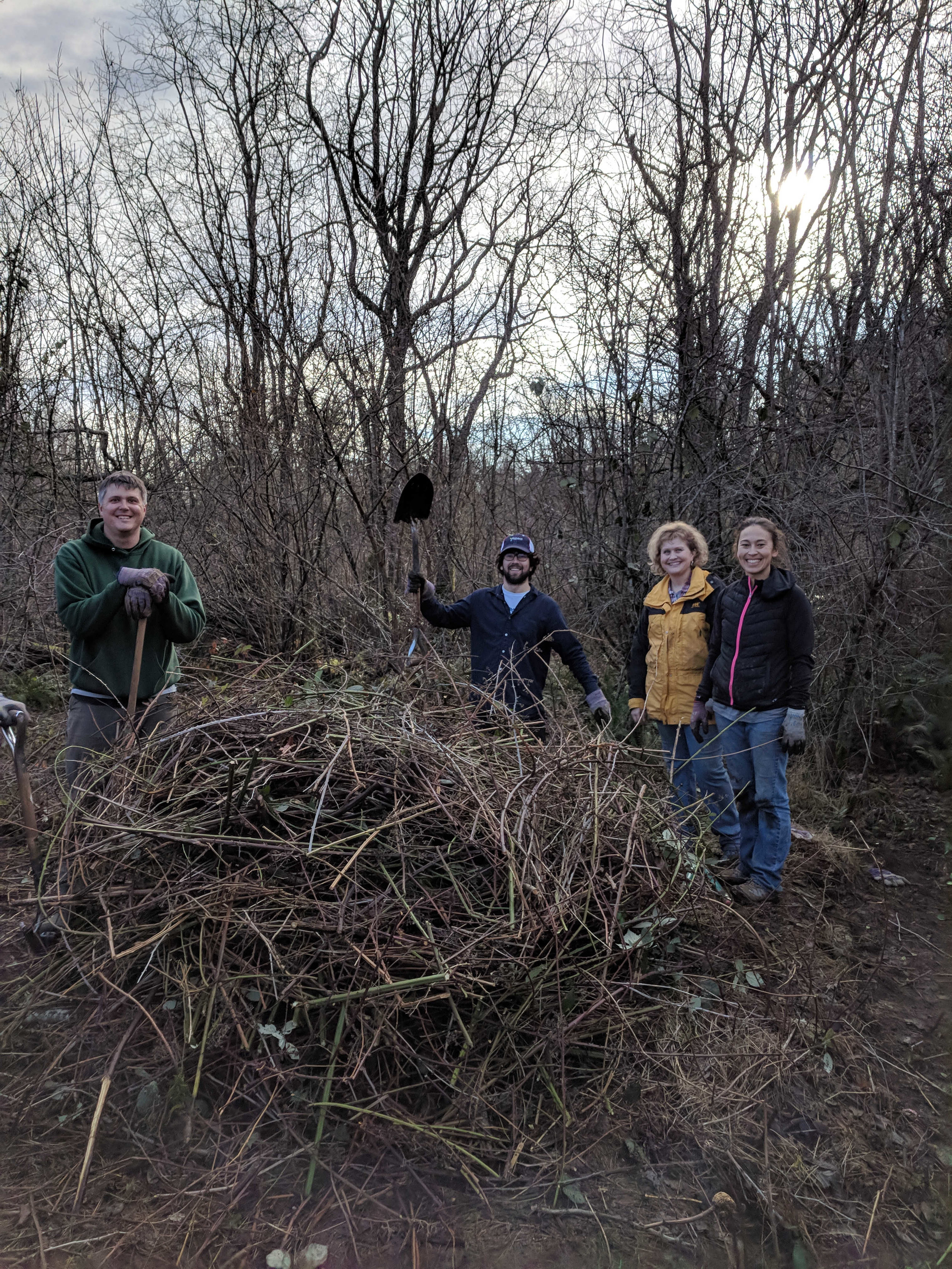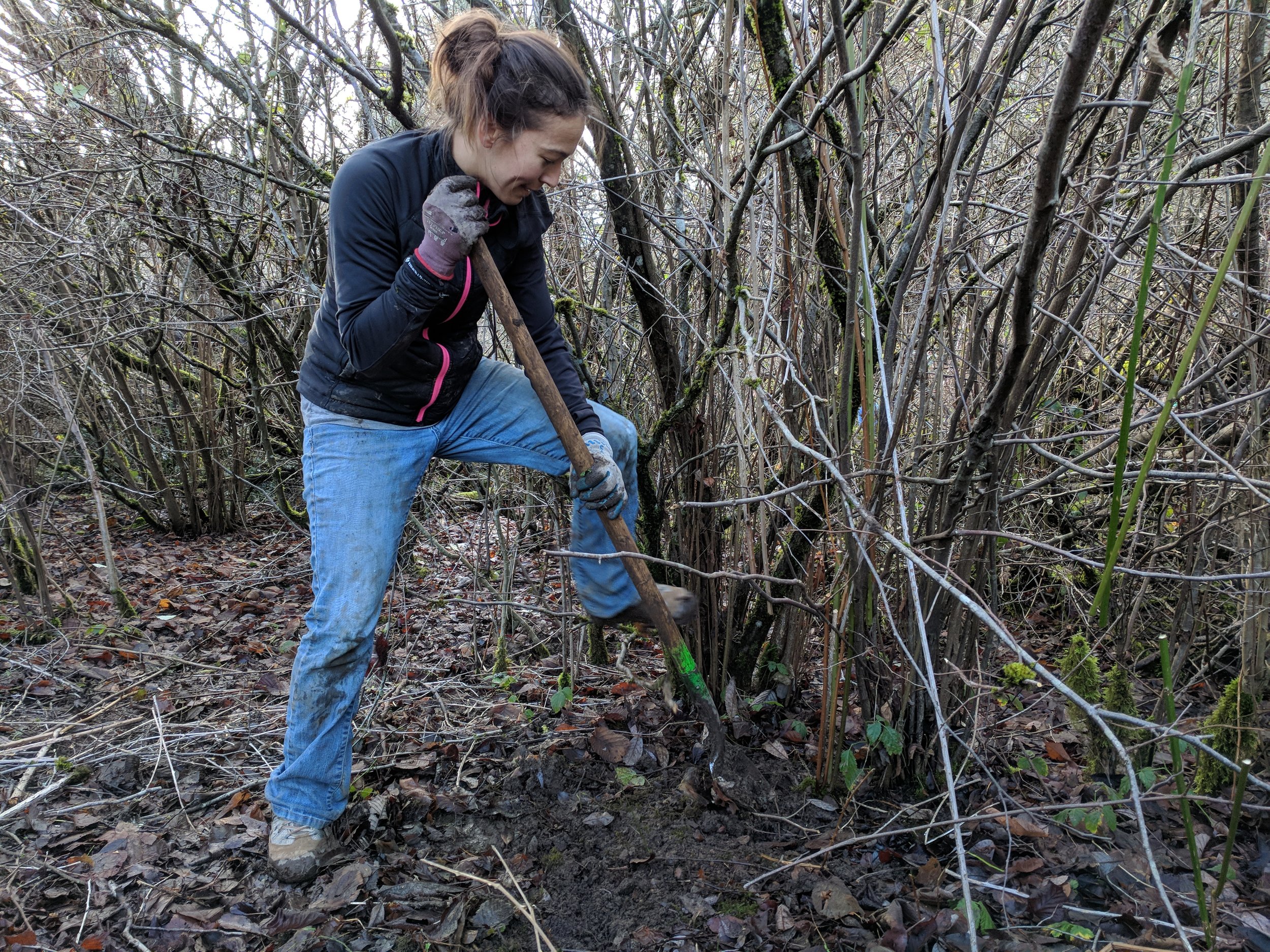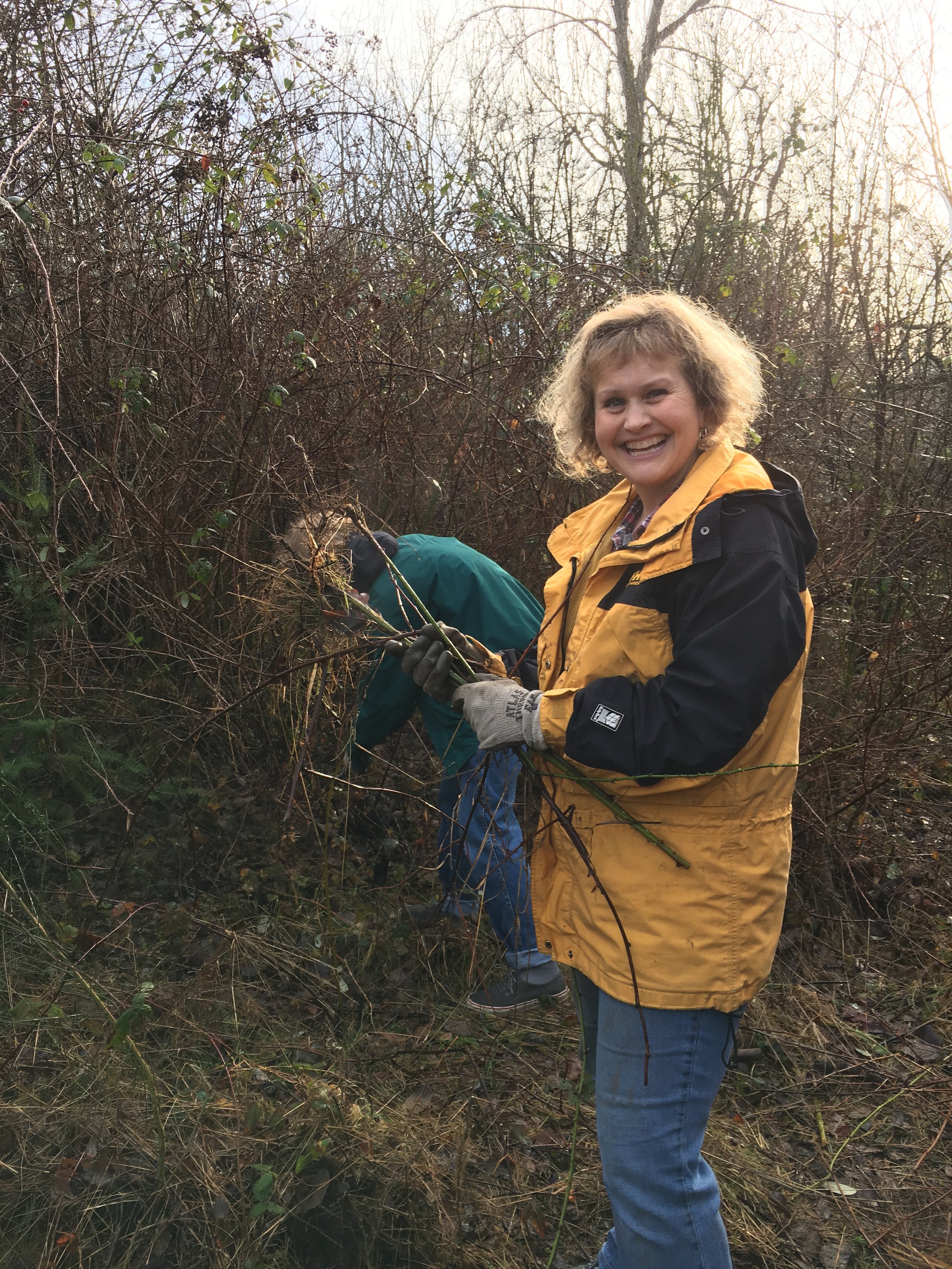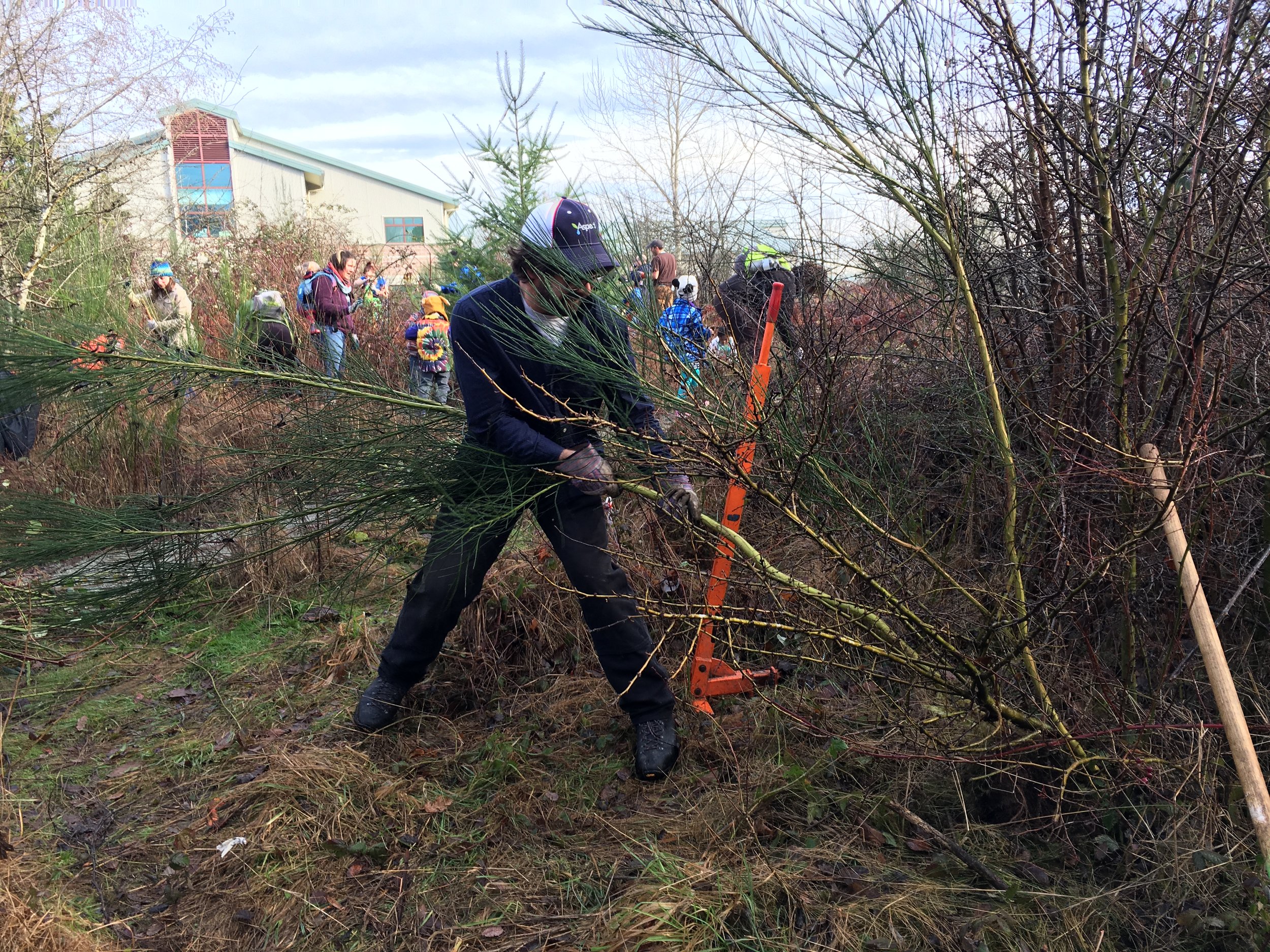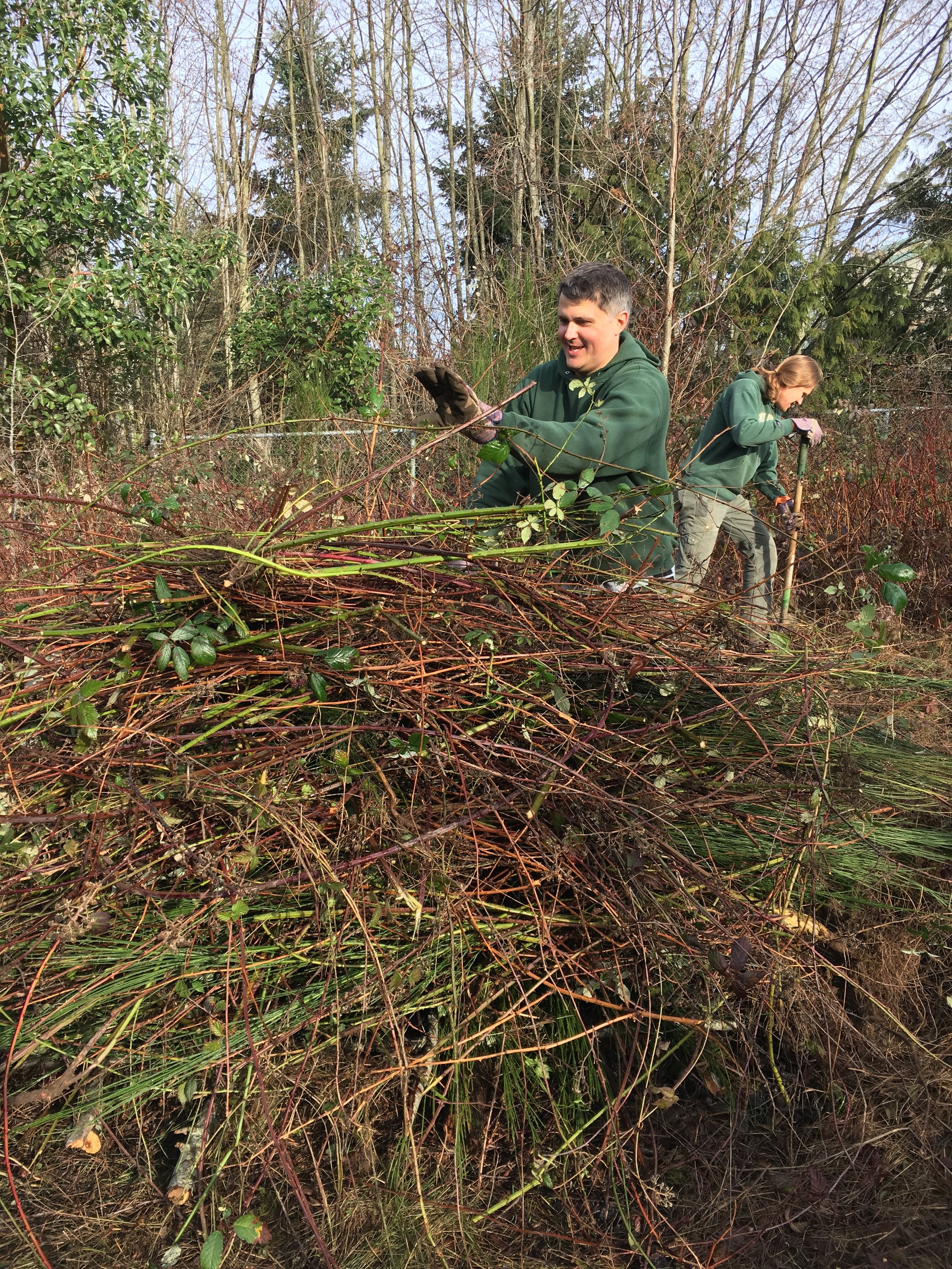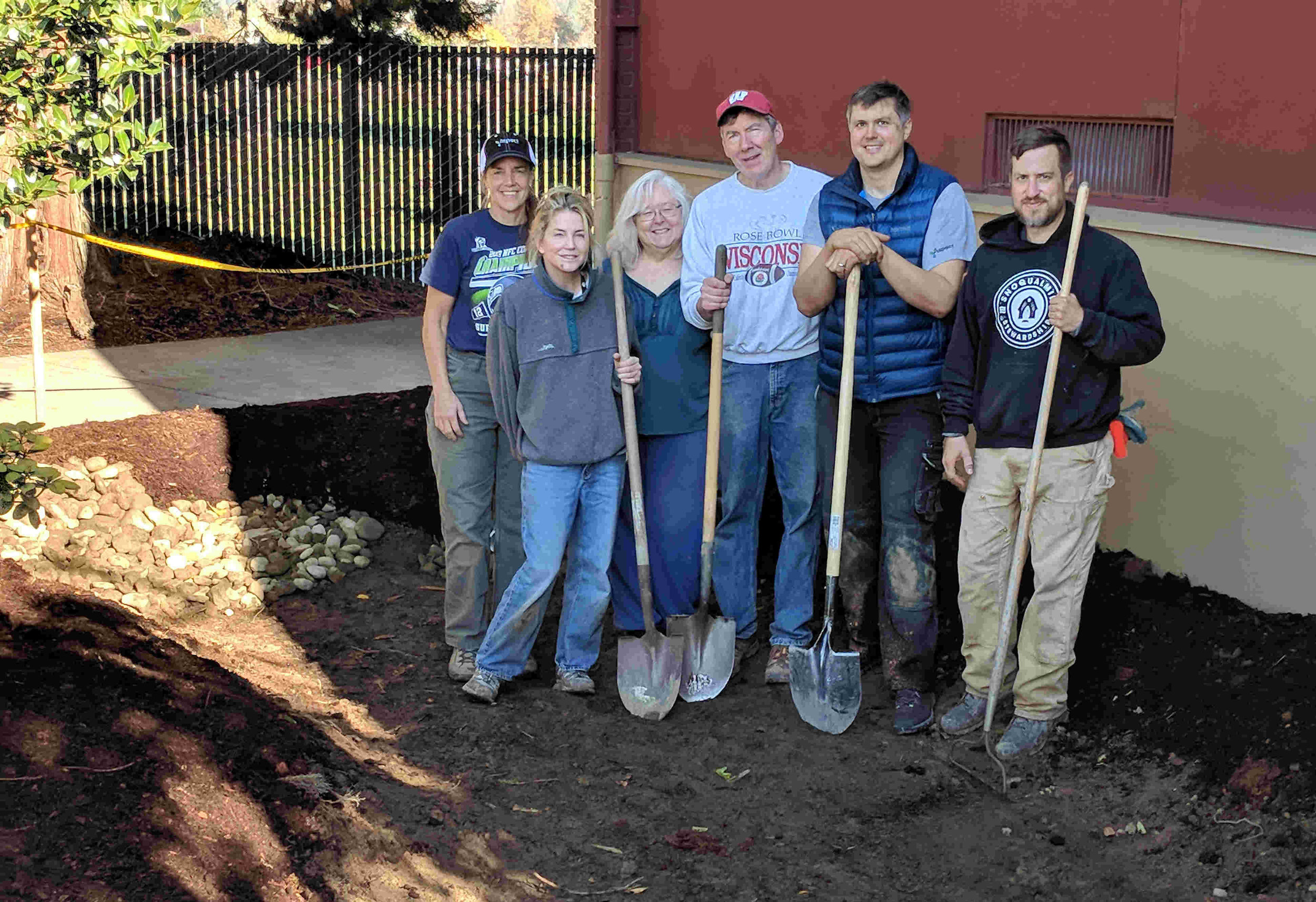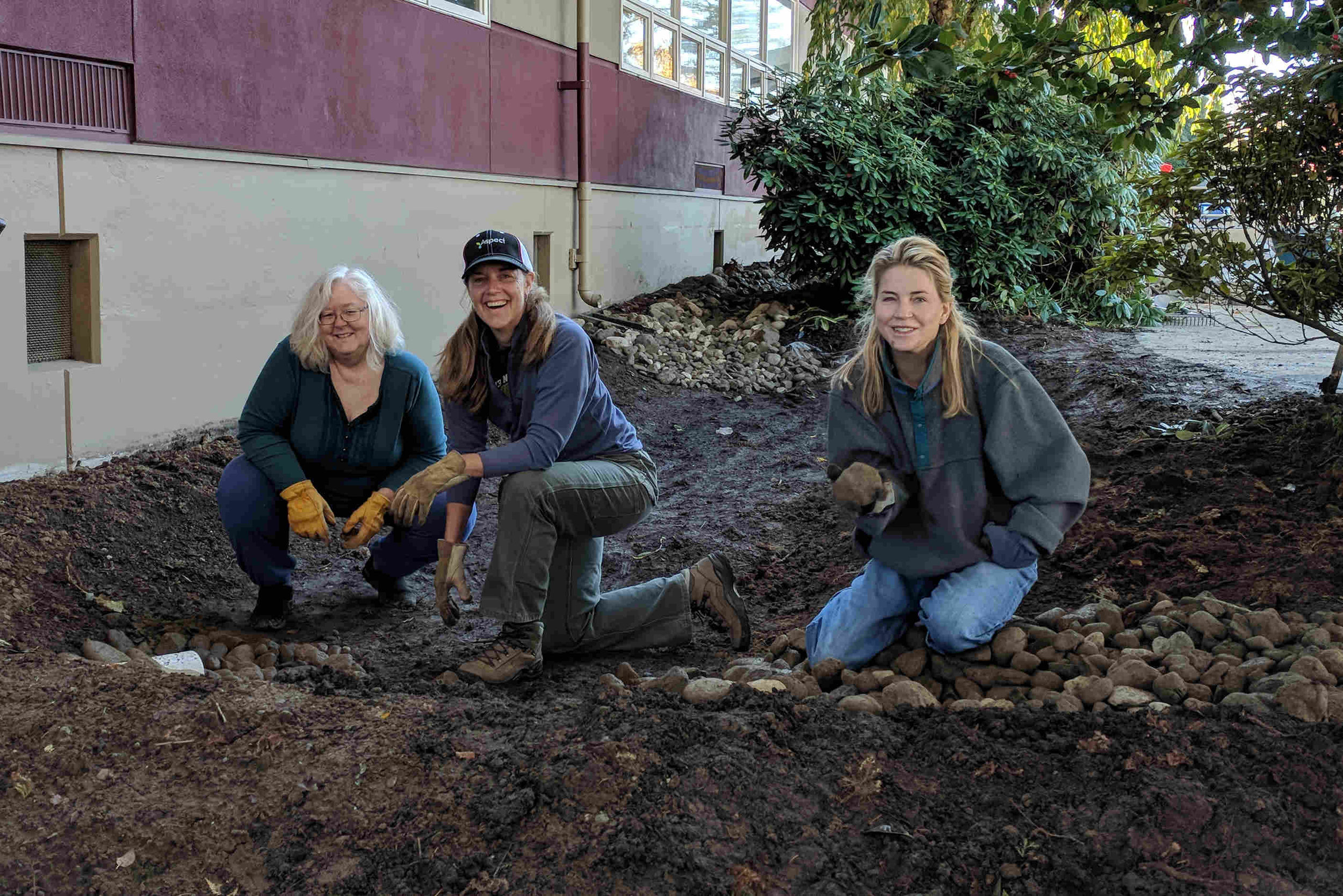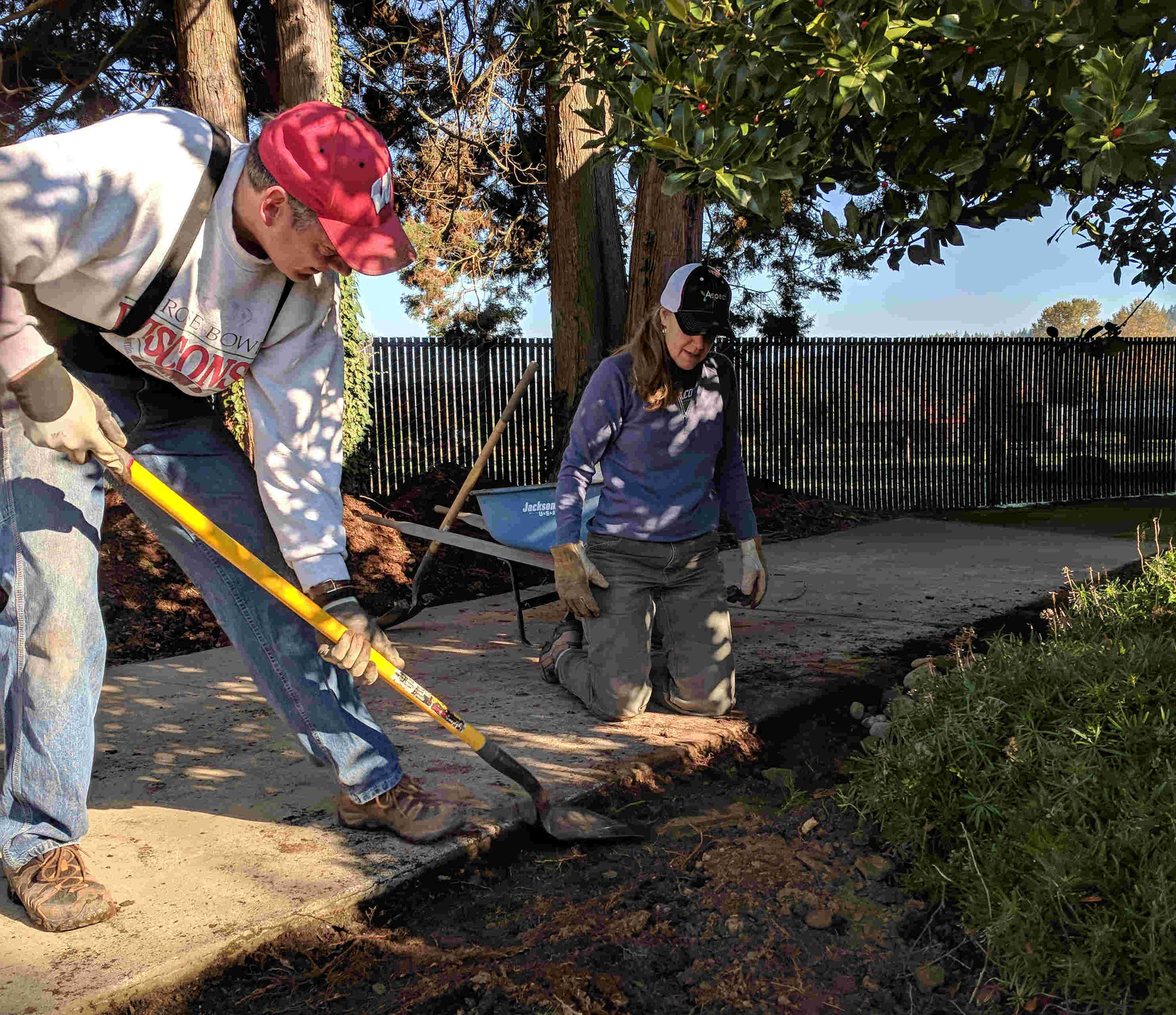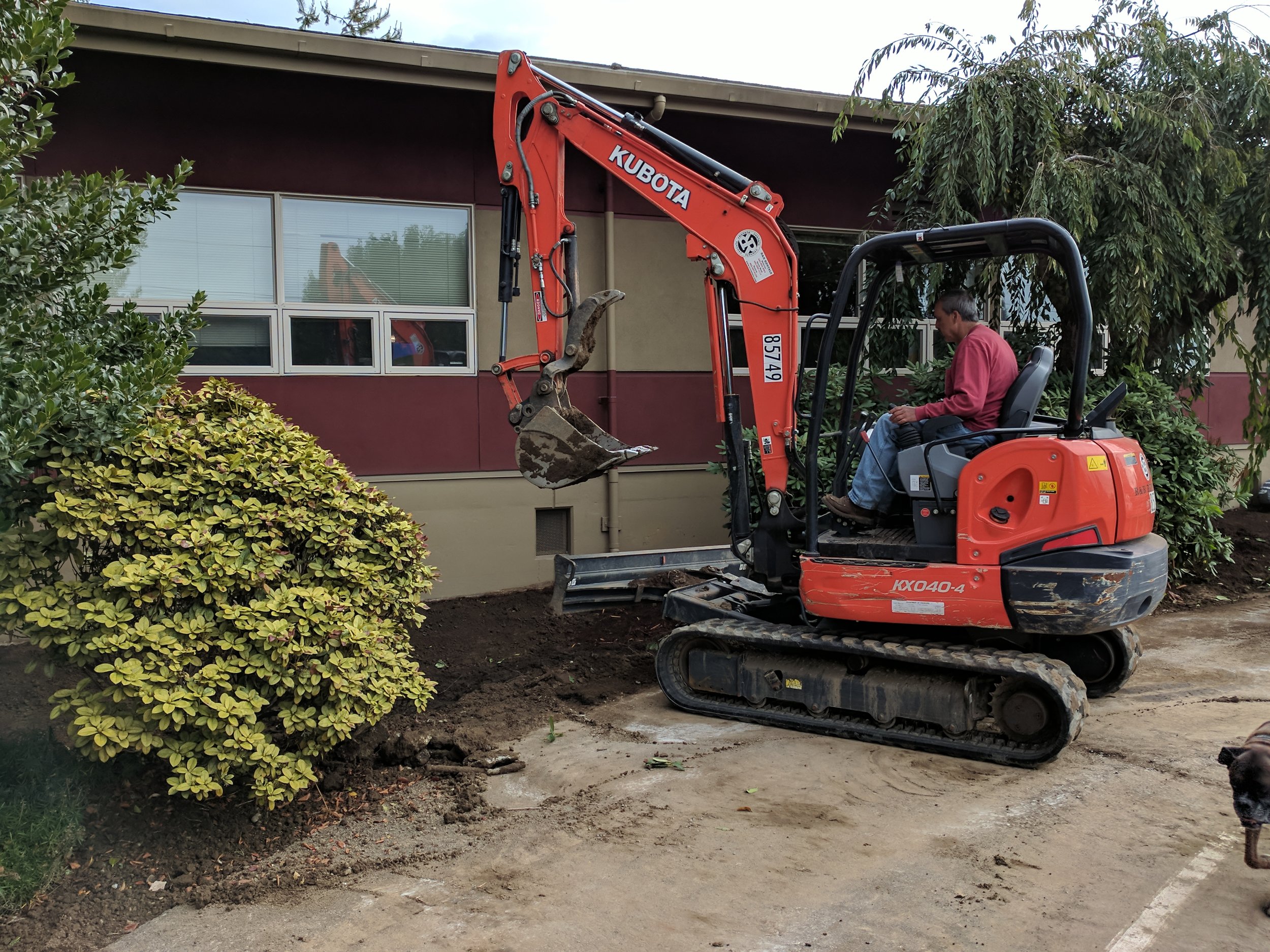On February 20 at Pyramid Alehouse in Seattle, join Aspect's Principal Geologist Dave Cook and other panelists for an Engineers Without Borders-hosted panel discussion on the role of engineering in international development.
If you are interested in international development and want to use your engineering skills to make a positive impact, please consider joining us. Our panel will consist of speakers from the following non-profit organizations that are devoted to using the tools of engineering, planning, and design in order to build a better world.
- Engineers Without Borders USA (Represented by Dave Cook): In the world's toughest places, EWB-USA is partnering with communities at home and around the world to meet their basic human needs through sustainable engineering projects. A dynamic organization with over 16,000 members nationwide, Dave Cook has served as the President and on the Board of Directors for EWB-USA in year's past.
- Construction for Change (Represented by Kevin Hunter): Construction for Change (CFC) builds spaces where people struggling with oppression can become healthier, learn, and increase their economic mobility. They partner with organizations that provide life-changing resources but have outgrown their facilities or seek to expand the service they offer. Mr. Hunter has been Executive Director of CFC since November 2016, leading the organization to develop a sustainable and scalable model to expand the reach of the organization around the globe, and his previous experience includes leadership roles with Young Life, World Vision, and Habitat for Humanity.
- Kilowatts for Humanity (Represented by Kirk MacLearnsberry): Kilowatts for Humanity (KWH) was founded in 2014 as an organization centered around an electrical engineering project for a hybrid wind/solar/storage system in Muhuru Bay, Kenya. The organization has since expanded to several major international solar project initiatives, with the goal of providing access to sustainable electricity in energy impoverished areas. Kirk MacLearnsberry has been a member of the design team since 2015 and was involved as the engineering lead on last summer's implementation trip to construct a local solar/storage kiosk in Munyama, Zambia.
Meet new members, newtwork with fellow engineers and planners, and learn about EWB! More information about the February 20 event at Pyramid Ale at 6:30 pm.





